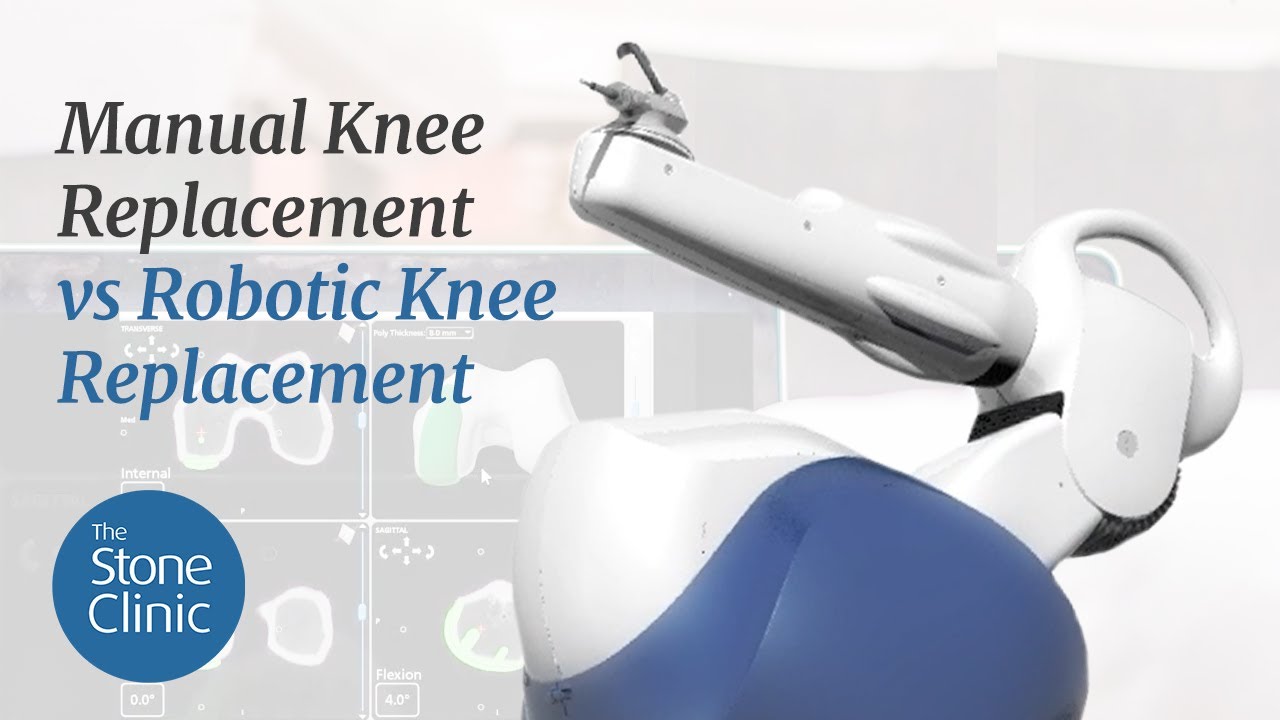Why Robots Matter in Surgery
Hear From Our Patients
Partial Knee Replacement for Ultra Runner (1 year post-op) [Part 2]Surgery is an art as well as a science. How the tissues are handled, how accurately cuts are made, the thousands of decisions about where and when to sew, to tighten or loosen tissues, all affect the outcome of the procedures. So why do robots matter?

For most orthopaedic surgery procedures, relatively good outcomes can be achieved by a wide variety of methods and by most surgeons. But if you want to push forward the art and science of the field, good outcomes are not good enough. Outstanding outcomes—where the patient may be better than they were before they were injured—is our goal, and hopefully the shared aspiration of everyone involved in a patient’s care. Unfortunately, in a society where attaining excellence is often limited by the reality of cost containment, striving for a new level of achievement in every case is not often supported.
In our fortunate corner of medicine, extraordinary outcomes are the goal of every patient interaction. This is why robots matter. Today partial and total artificial joint replacements can be performed with standard jigs and saws, using customized implants pre-fitted to the patient. Or, they can be done with precise real-time shaping of the bones, at the time of surgery, with robotic guidance. The standard methods and pre-fitted components give reasonably acceptable outcomes, with marked pain relief for most people. Yet the outcomes are colored by the fact that bone cement is used to attach the not-quite-precisely-cut bones to the metal implants. As this cement comes loose over time, patients are told to avoid impact exercises for fear of early loosening.
When a robot is present, several advantages occur. First, the planning of the case can be done on a 3D model of the patient’s knee generated from a pre-operative scan. Second, the precision of the cuts exceeds anything a surgeon can do with handheld jigs and saws. This exquisite precision permits the use of metal implants with porous undercoating. The patient’s own bone can grow into these implants, fixing the device to the knee without the use of cement. As there is almost no concern for loosening, full sports are then permitted.
Knowing that the implant can be perfectly placed every time frees the surgeon, at the time of surgery, to focus on the small but hugely important things that make outcomes remarkable. Small tweaks to each of the ligaments on the sides of the knee can be measured and recorded on the robotic device to perfectly balance the joint. The range of motion of the knee can be optimized, and the tissue dissection reduced. This quantification and reproducibility eliminate most of the outliers (oddly-placed implants) done by less experienced surgeons.
Robots do not replace the “art” of doctoring. The judgment of when to operate and how to handle non-quantifiable issues—not to mention the critical questions of who to operate on and how to manage their expectations and outcomes—is still up to the orthopaedic surgeon. Without robots, though, the field is limited by the factors of human judgment—and error.
Dr. Stone Explains the Difference Between Manual vs Robotic Knee Replacement
Learn how recent advancements in TKR robotic-assisted surgery technology give Dr. Stone unparalleled accuracy in placing knee replacement implants, allowing for a quicker recovery time, better range of motion, less pain medication, and greater durability for demanding activities.



